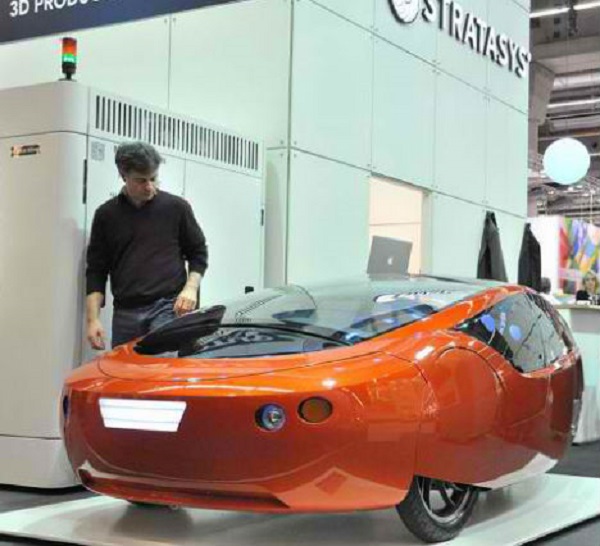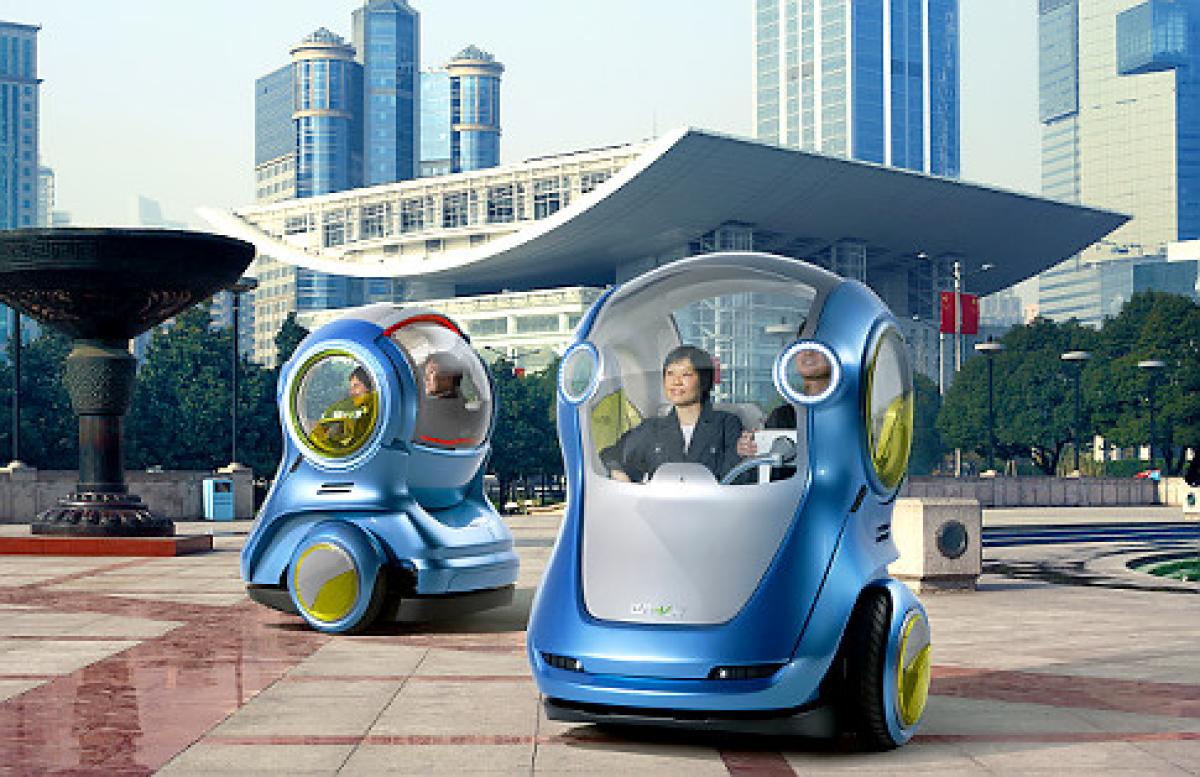As 3D printed moon bases are planned by space architects, the construction of 3D printed cars should not surprise anyone. The sturdiness of such products is only one of numerous advantages.
It is clear as day to me that 3D printing is the future. Maybe we won’t be able to assemble electronics and watches using this method, but other than that, we could create buildings, furniture, cars and even clothing. Urbee 2, the successor to the first 3D printed car in the world, is about to become a reality, so don’t be scared if in the future you see one of these on the streets.

The way I see it, one of the major upsides of 3D printed cars is that they can be recycled. FilaBot is a concept created by a student that turns discarded plastic into 3D printing threads. Such a concept could easily be adjusted to fit not only plastic bottles, but also larger car parts. Once the 3D printed car gets damaged, the owner would disassemble it and use such a device for turning the parts into plastic filaments. These threads would then be used for printing another car. Hopefully this 3D printed cars thing takes off and in a not-so-distant future, people will be able to design their own cars.

Below you can watch a test drive of Urbee, the first version of this vehicle, which was manufactured printed in 2011. The teardrop design has not changed much since then. The second version will also feature three wheels and two passenger seats, as well as a curved plastic top. Kor Ecologic, the manufacturer of Urbee 2, employed a Fused Deposition Modeling printer for creating this aerodynamic hybrid piece of modern technology. The desired shape is obtained by spraying microscopic layers of polymer one on top of another. Printing an Urbee car takes 2,500 hours (104 days), but fortunately, the whole process is automated.
Hopefully, Urbee’s manufacturer will be able to build more such facilities so that printing doesn’t take such a long time. The light weight and the sturdiness of this vehicle make it perfect for modern urban environments, as its name suggests, too. On top of that, such a 3D printed car would be highly appreciated by environmentalists, not only because it would be recyclable, but also because of its low fuel consumption.
If you liked this post, please check this 3D printed transforming robot and the 3D printed vinyl discs.










